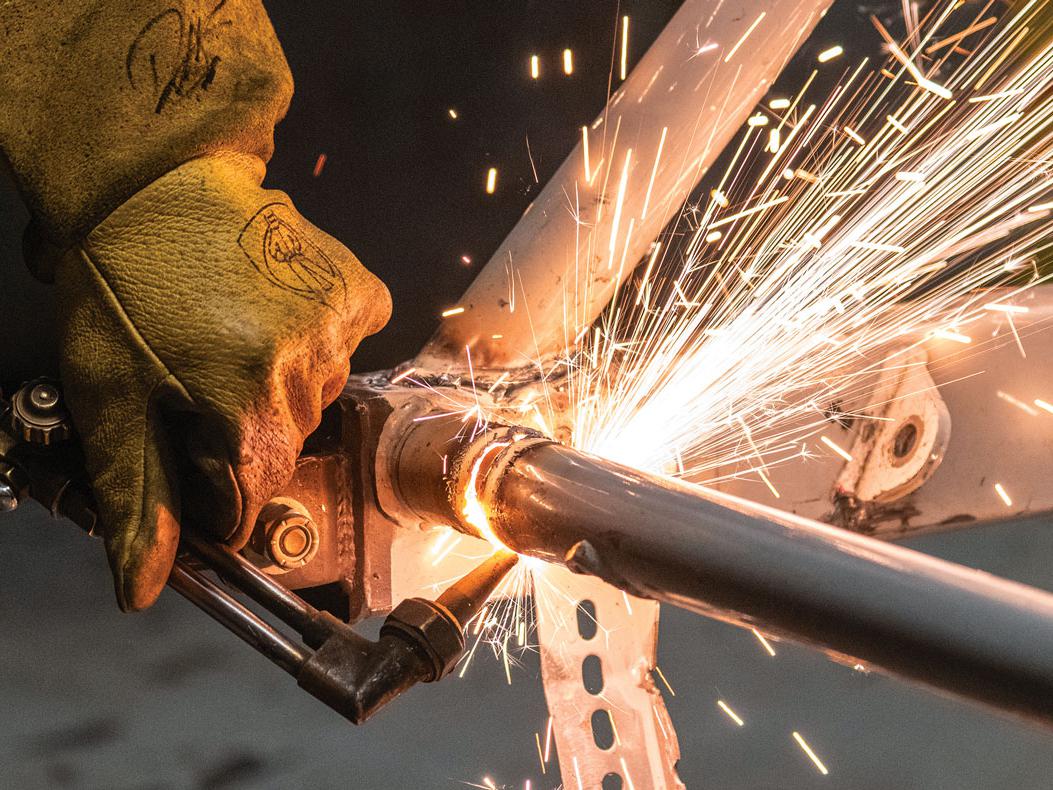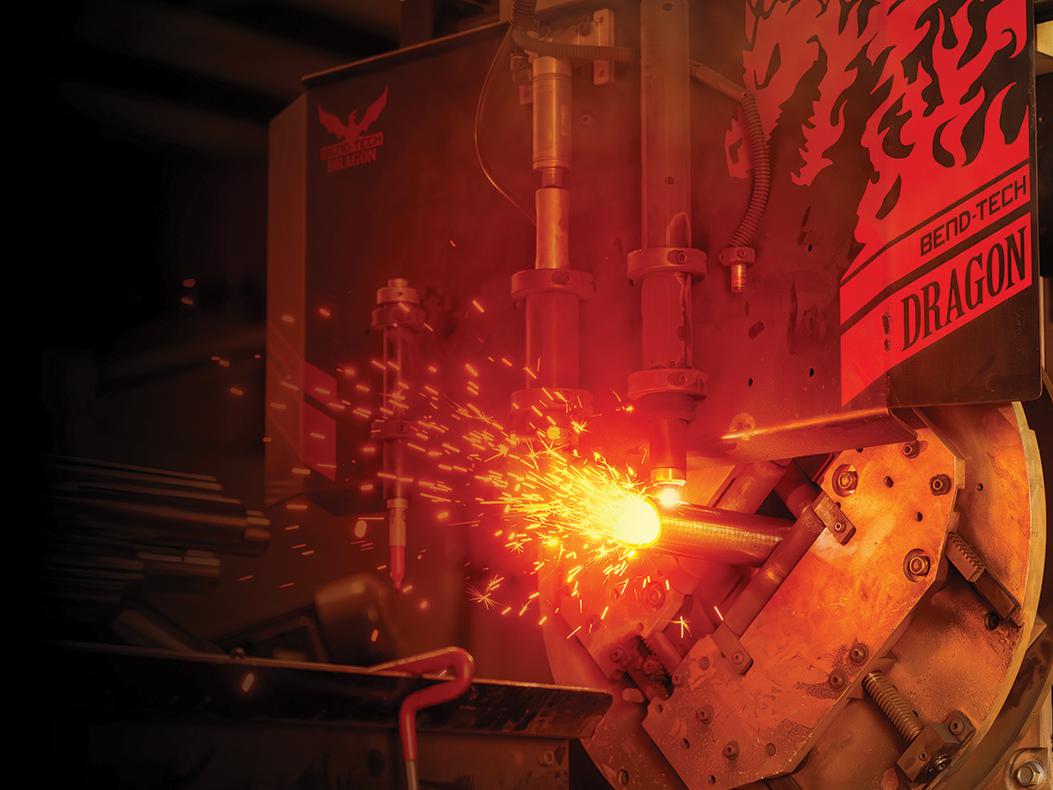SPECIAL REPORT: FROM ROAD TO TRACK
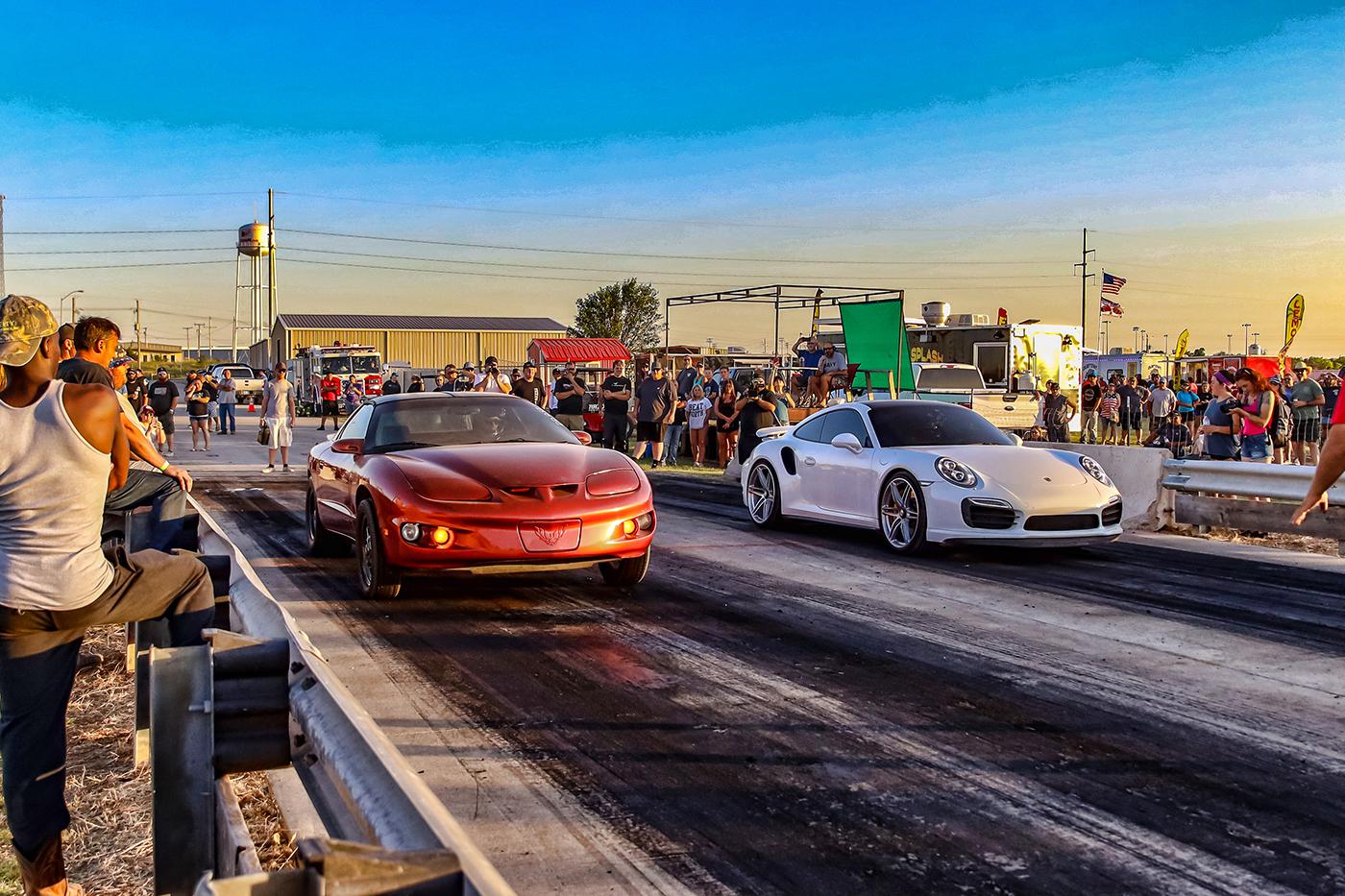
While law enforcement efforts remain mostly punitive, the industry is taking more inclusive steps and providing alternatives to stoplight duels and highway showdowns.
Street racing has been around since the dawn of the automotive era a century ago, but there is reason to be especially focused on deterring the practice today. For one, cars are without a doubt faster now than they were in decades past. Fuel injection and modern computer controls have allowed the building of cars with shocking amounts of horsepower that are still easy to drive on the street.
Even factory stock modern muscle cars are capable of speeds once only attained by race cars. A 2020 Mustang Shelby GT500 with 760 horsepower runs low 11s off the showroom floor, and high 10s with minimal track prep. That’s quicker than a Super Stock Ford Thunderbolt—a factory-built race car—was capable of in 1964. Even a bone stock new Mustang GT will run in the 12s in the quarter-mile, and so it goes with modern versions of the Dodge Challenger and Chevrolet Camaro compared with their counterparts from decades ago.
In 1963, Al Eckstrand won the Stock Eliminator class at the Winternationals in a lightweight Dodge as part of the factory-sponsored Ramcharger team. His ET? 12.44 at 115 mph. That car would lose today in a race with a stock Dodge Challenger R/T Scat Pack, which anyone can purchase for about the average transaction price of a new car in the US. And that’s not even the top of the Challenger lineup.
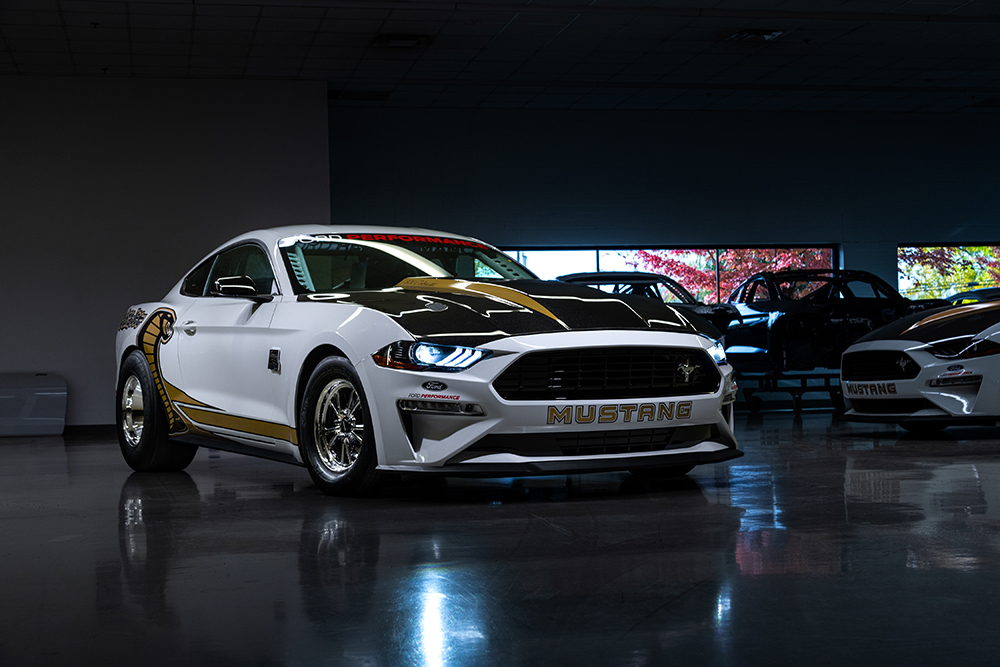
Street racing can be a sensitive subject, with allegations of hypocrisy easy to toss around. You don’t have to scratch too deep beneath the surface of any motorsports-related enterprise to uncover people who probably cut their industry teeth at stoplight showdowns. Most have gained wisdom and may regret those youthful mistakes, but it still fits into the backstory of racing.
Also unhelpful is that street racing is often romanticized, as in the influential Fast and Furious movie franchise. But not all of the celebration is fictional. The briefest of searches on YouTube will uncover countless nostalgic reminisces about famous stoplight encounters on Woodward Avenue in Detroit in the 1960s, not to mention grainy footage of early-morning street races that happened just last week.
Indeed, social media has been the proverbial gasoline on the fire when it comes to street racing. “Used to be, when we were all growing up, you only heard of a street race that happened last Friday night. Now, you get to see it live on social media,” said Lonnie Grim of the Professional Drag Racers Association (PDRA), Fredericksburg, Virginia.
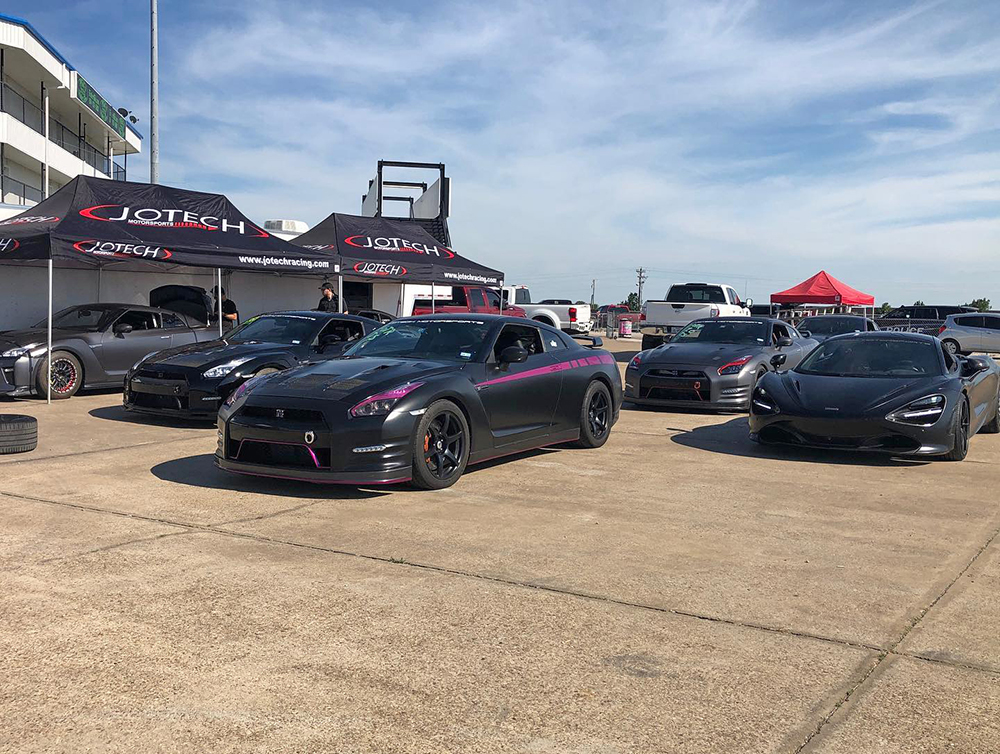
“I’ve been around to a lot of different cities in a lot of different states, and I realize they’ve got that problem in all of them,” said Amar Sood, with Texas Speed Syndicate, a Houston, Texas-based automotive event organizer. “I think any time you have guys and fast cars you’re going to have people out there racing. It’s just the way it is. When we were kids in high school, everyone was doing it. In the 1970s, and ’80s, and the ’90s, any time there’s fast cars and guys, and they get together, they’re going to do it. So I think it’s always going to be a problem. Has it gotten worse? The penalties have gotten worse, I know that. Since the early 2000s, in Houston it went from a Class C misdemeanor to a Class B,” which brings with it a fine up to $2,000, and/or up to 180 days in jail, driver’s license suspension for up to a year, and the driver must complete 10 hours of community service—all with the first conviction.
Certainly, harsher penalties are a trend across the country as municipalities react to street racing in their communities. It’s an important point that a younger generation needs to hear, as getting caught street racing can have life-altering consequences. In December, Greenburgh, New York, became the latest municipality to allow local law enforcement to seize any vehicles caught and convicted of street racing, joining nearby Yonkers. In May, Dallas city council members passed an ordinance allowing police to ticket spectators at illegal street contests, with fines up to $500. In Nashville, Tennessee, in November, police enforcing a street racing initiative impounded five vehicles suspected of racing over the course of a single weekend.
“I went to the drag strip because of street racing,” said PDRA’s Grim. “Stood in front of a judge, was 17 years old, and got the whole talking-to about ‘What are you doing?’ and ‘What decisions are you making? Isn’t there a race track you could do this at?’ Back then it cost a lot of money to stand in front of him and listen to that conversation. It did drive me to the race track. Nowadays? The price of that is a lot higher to have to be in trouble, get caught street racing, potentially losing your car. The fines are very high. There are very few officers in enforcement across the country that want to lend a blind eye. Most of them want to catch street racers—they want to write that ticket and try to curtail that, for public reasons and for safety.
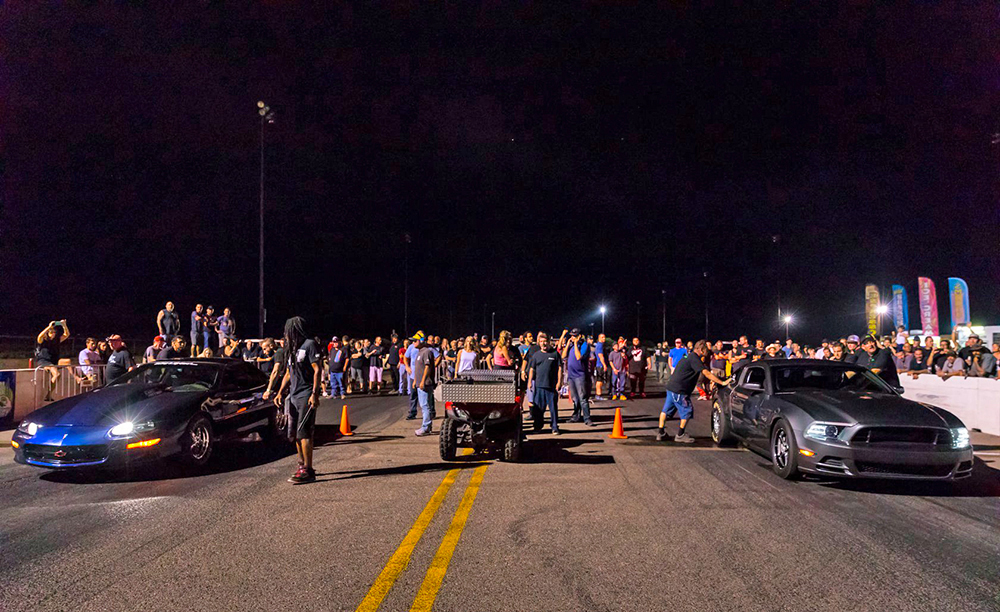
“So we go down the road of how do we provide decent access to the race track, but the biggest thing is, how do we talk to the group and get them interested and gain their interest so that if it’s only Wednesday night or Friday night or Saturday, whatever the day may be, that they could take this activity to the race track, to get them energized to the acceptance of those days that are available,” Grim said.
STREET DIVERSITY
Reaching out and talking to the street race crowd is crucial in curtailing the problem. But to get a handle on street racing, it’s important to understand what’s actually happening out there. Street racing today is not just the age-old stoplight drags down the boulevard. There are different factions and subcultures, and not all of it can truly be classified as “racing,” although as far as most authorities and media are concerned, anyone exhibiting automotive performance on the street is “racing.”
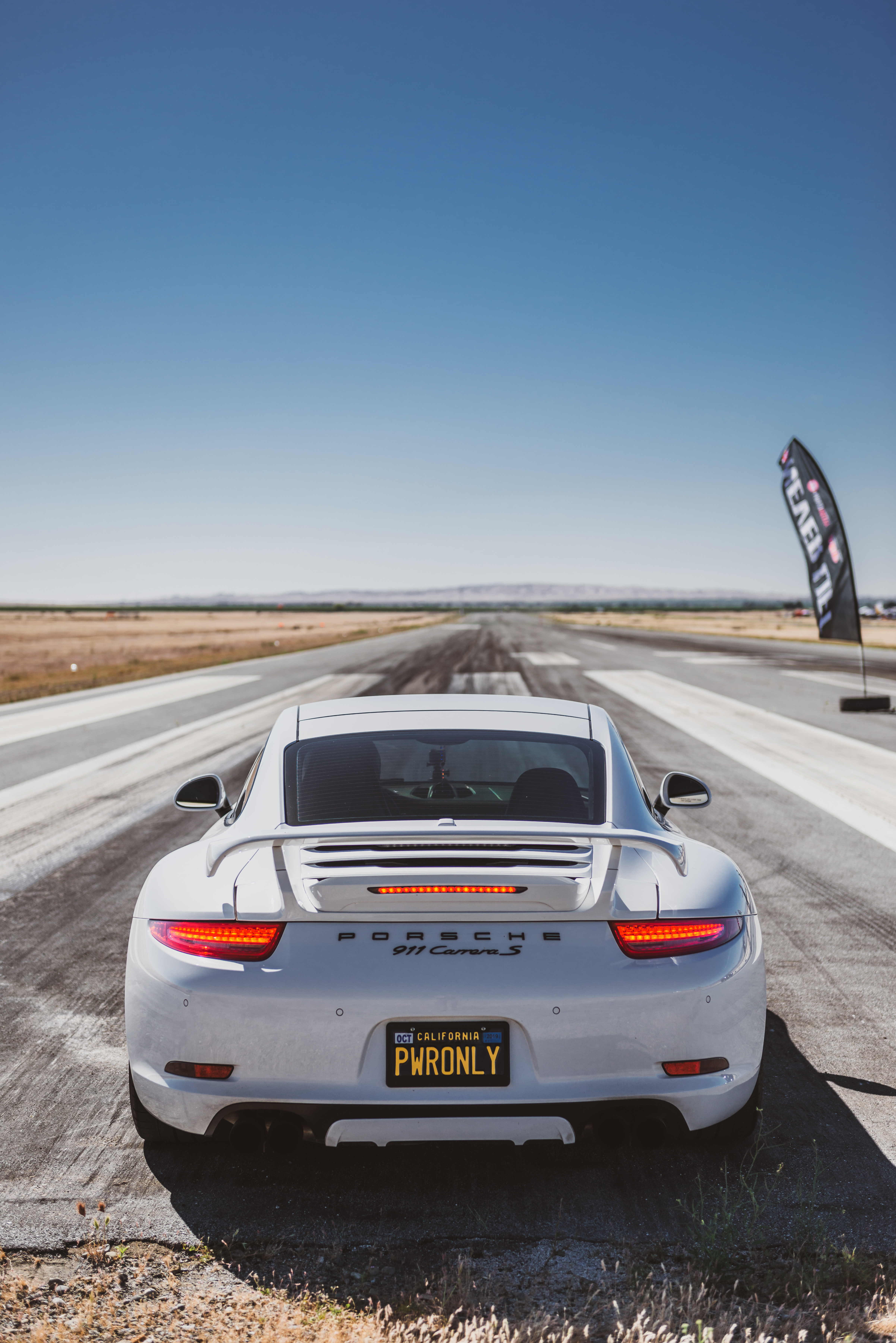
“We have a lot of these kids that are going out here and doing donuts in intersections, and the media wants to call that street racing, and obviously it’s not. We’ve really worked hard to get those guys to come to the track,” said Andy Carter of Texas Motorplex in Ennis, south of Dallas.
“I guess it started over in Australia, you’d see all of these souped-up cars just do burnouts and donuts until they blow the tires off of them,” Carter said. “That’s what we’re seeing in Dallas, a lot that’s making the news. And the media, they don’t know any better, they refer to it as street racing. Well, that’s not even close to the same crowd. It is not racing. They’re doing something stupid and it’s dangerous, but I wouldn’t put it in the same group as racing.”
The “stunts” trend of automotive exhibitionism has moved to the front and center of activities that get lumped into the term “street racing.” “We’ve actually seen quite a decline in street racing over the past five to seven years, I would say,” said Ron Mowen with Vengeance Racing, a performance shop in Cumming, Georgia. “It certainly still exists, but not to the level that it did. Normally, whenever you see or hear in the news of street racing episodes, it’s usually misclassified, at least in my area. Of course, you’ve got these idiots who go out and block off intersections and do donuts and act like idiots in their cars, but the racing scene itself has really died out a lot around here.”
Other subcultures go far beyond a simple matter of kids having fun. For some, big money is involved. “On the hardcore side of street racing, and this is still happening to this day, is the betting. Betting, that’s huge. There are people that make a living on betting these races and racing with people, and winning money to buy more stuff for their cars,” said Reggie Wynn with Turbonetics, a manufacturer of turbocharger equipment in Moorpark, California. “Quite honestly, I don’t think these guys really want to be going to a race track. You can’t really be betting like that in public.”
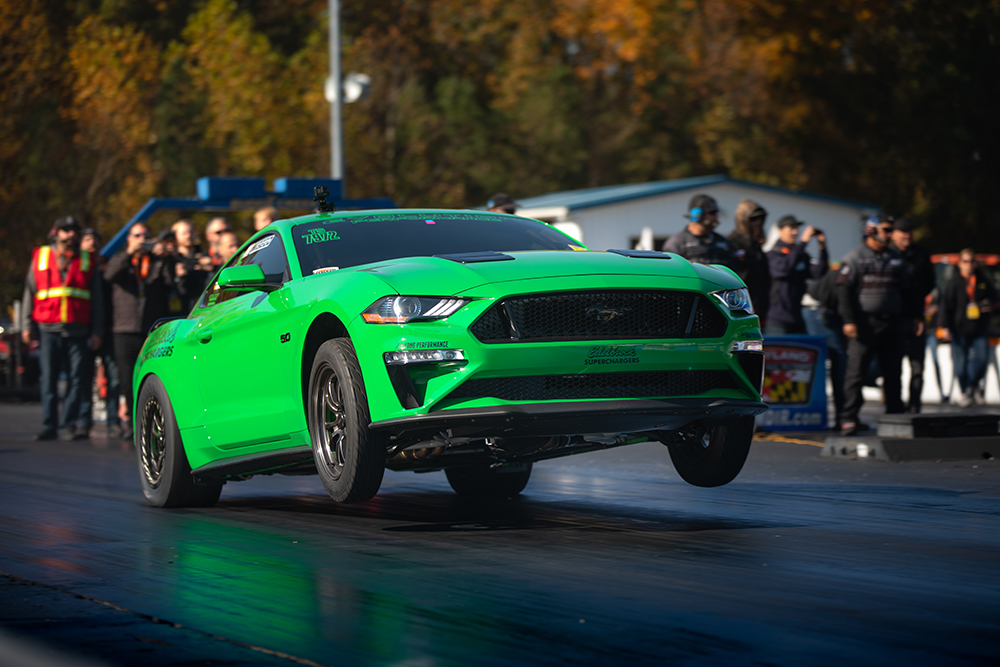
Going hand-in-hand with recognizing the various subcultures in the street racing scene is understanding why they would avoid the race track in the first place. Reasons vary wildly. “The biggest thing, and it’s counterintuitive, NHRA, IHRA, and tracks are using the same safety requirements that they used 30 years ago for cars that were not nearly as safe as today’s vehicles,” said Vengeance Racing’s Mowen. “To get these cars off the streets, you’re going to have to allow them on the tracks. It’s just that simple. You can’t have a 10-point roll cage in a C7 Z06 Corvette that runs 9.99s, because you can literally do $800 worth of modifications in factory form, and it’s capable of running 9.99s. Nobody’s going to put a 10-point roll cage in their car to do that. So you’re not giving the guy a place to race when you’ve got those safety requirements. It’s not that people aren’t interested in safety, but they’re not interested in cutting up their $80-, $90- or $100,000 car that is a 100% street car, and it doesn’t need that cage because it’s got all the safety integrated into it with the structure, the air bags, the safety restraints and things of that nature. We have to find a way to come to a compromise on newer vehicles.”
For others who avoid the track, they perhaps never grew up in a legitimate racing environment and simply don’t know where to start. “There are a lot of new racers that are particularly scared of coming to an organized event,” said PDRA’s Grim. “They’ve never been there. They don’t know what they’re going to do, they don’t want to look uneducated. So it’s our job, as an event staff, to welcome them, make them feel appreciated—there’s no dumb question—answer any question they have, help them in any way possible.”
SPEED SOLUTIONS
Clearly, there’s no one-size-fits-all solution. Governments will use the brute force of laws and fines that they’ve always wielded, although despite all that there’s no shortage of people willing to take the risk.
For the motorsports industry, as the saying goes, you can probably catch more flies with honey than vinegar. A significant dent has been made in the street racing problem by simply reaching out and inviting them to the track, and adjusting events to align with their interests.
“We started last year working with some of the big grudge promoters who run at the track as well as did some races on the street, and ran a ton of grudge races here last year,” said Carter at Texas Motorplex. “Which was great for us; with COVID you couldn’t do a lot, you couldn’t have a lot of fans. It’s been real successful for us. We tried to work with the Dallas PD a couple times—they want to do stuff. With COVID they’re covered up. I think a lot of what we’ve been able to do with so much of the grudge racing here, which is unusual for a national-event track, not on top of the list of what NHRA wants to see going on at a sanctioned track, but we’re getting them off the street, getting them on a safe surface. And we tech their cars, we check their stuff and make sure they’re safe. We’re not just letting them come out here for ‘anything goes.’ It’s been really, really good for us.”
One of the organizations Texas Motorplex reached out to was Hood 2 Hood Racing (H2HR), a Dallas-based group whose mission statement reads in part, “to reach racers of all ethnicities and racing styles; it creates a diverse and inclusive racing environment that is open to all categories of racing. H2HR is a platform where the world can enjoy head-to-head drag racing in different cities, states and countries.” Hood 2 Hood has since held its annual picnic at the track, with racing and family activities.
Texas Motorplex has a Hot Summer Nights program during the peak of the season when it’s too hot to race while the sun is shining, where the action doesn’t really start until 10 p.m. or so, Carter said. They’ll race until three or four o’clock in the morning, which is when street racers are usually active. Building up trust took time, but persistence paid off for the track. “In 2019, it was probably the first time we really reached out to those guys. We did one grudge race in ’18, and it was a struggle because they didn’t trust us, they weren’t sure what we were doing and how we were going to treat them. Once we had that first new one, we have more cars than we know what to do with every time they show up now.”
Texas Motorplex is also discussing future track improvements, which may include concreting an area of the pits for burnouts, drifting, and donuts, to appeal to that audience, Carter said.
One track that has made noticeable inroads into the street racing problem is Tucson Dragway in Arizona. The track launched a program in 2018, which has since spread across the country, called Beyond 1320. “Guys started coming out to the track and started talking to me about No Prep. I said, ‘No Prep, what do you mean, No Prep?’” said Jim Hughes of Tucson Dragway. “Well then, once they started explaining what they were looking for, I said, ‘Why don’t you just bracket race?’ They said, ‘That’s not what we do. We’re street racers, heads-up, first one to the finish line wins, but we’re always looking for places to race and we’re always getting shut down by the cops.’ So I said, ‘Why not race at a drag strip?’ Once they explained that No Prep is basically an equalizer, you can have 600 horsepower or you can have 1,000 horsepower, and you still have to get down the No Prep, or non-glued, surface.
“I liked the concept, and when they race on the street, it’s not always the fastest car or the most money that wins,” Hughes continued. “They go to a sketchy street surface, and now the whole key is, figure out what you’ve got to do to get your horsepower from point A to point B in a straight line, before the other guy. And No Prep becomes the equalizer.”
Working with the No Prep racers, Hughes selected an area of the track from the finish line to the sand trap for the action. “It’s literally our shutdown area after the quarter-mile finish line, and we call it Beyond 1320. And it took off and they loved it, because we’d shut all the lights off in the pits, we’d have the last bank of lights on the track, we had fire safety, helicopters on stand-by when we can bring them in, and now they had a street racing environment that still had safety equipment. I guess it’s an alternative to street racing.”
The Beyond 1320 events at Tucson Dragway go a long way toward capturing the feel of a street racing atmosphere, right down to the flashlight starts. “Basically, what they do on the street, we do the same thing on the track,” Hughes said. “Or I should say, in the shut-down area. It’s one-eighth mile, we put the little lights out in the center, just like they would on the street. And they’re real, real happy with it.
“So then we’ve got a few other tracks throughout the country that heard about it, and asked us about it, and asked about using the name Beyond 1320, and I said, ‘Sure, let’s grow it nationwide.’ Now you’re getting street racers at least coming to the track. And then they start looking around, ‘What else do you guys do here?’ Some of them have gotten into bracket racing, and some of the bracket racers have gotten into Beyond 1320.”
Not all street racing, of course, is of the standing-start drag racing variety. Texas Speed Syndicate pioneered rolling-start racing at airfields, targeting heavily modified, high-end street cars whose owners aren’t as interested in subjecting their cars to the abuse of constant drag-style launches.
“One of the biggest problems with a closed-course drag strip is the retention walls. Those tracks were all designed for drag racing and to keep spectators safe. That’s why you have retention walls there,” said Sood with Texas Speed Syndicate. “At airfields you don’t have retention walls, so if you spin out, you just slide into the grass and stop. You do that at a track, you’ve just totaled your car. It’s a huge, huge difference. That’s really the big draw. They don’t have the gear for it, the electronics for it there—the physical layout’s not conducive. If you have to abort your run, you have to make a full pass, turn around, come back around. It’s very different than a runway. But mostly it’s just that they’re designed for drag racing. They’re not really designed for what we do. We could have four lanes of people racing on a runway, as opposed to just two on a drag strip.”
For PDRA, the outreach begins at a younger age. “We have a wonderful and huge growing Junior Dragster program, both Top and Pro Junior,” said Grim. Kids can enter Top Jr. Dragster series at ages eight to 12, while Pro Jr. Dragster is open for 13- to 18-year-olds. “Once you get them to the race track, they’re probably not straying from the race track throughout their lives, no matter what car they own, no matter how fast it may be.”
Even in the world of very-high-powered street cars, there’s a surprising number of adults who have never raced on a track. Mowen at Vengeance Racing estimates probably 65% to 70% of his customers are first-timers to a race track.
“We do quite a few things here. Obviously, we modify cars to make them go faster and people want to experience that, they want to utilize it,” Mowen said. “So what we do is we try to attend as many events as we can each year, and we offer track support while we’re at these events to encourage them, so that if they don’t know what they’re doing they can still come out—we’ll teach them, we’ll maintain their car, we’ll work with them. We host track test sessions at our local drag strip, and we take people there that have never experienced it before or want to get into it. We show them how to utilize their car, how to make it perform. And that obviously turns into more business, typically, because then they get the bug and want to start going faster, but it also encourages them to do it in the right place, in the right format.”
When attracting street racers, giving them their own events seems to be an effective strategy.
“Having a night dedicated to street cars guys is good because it pulls them out, where they’re not intimidated by running against the big, fast race cars,” said Jason Miller with Miller Brothers Productions (MBP), which produces Xtreme Dragbike Association, Import vs. Domestic, and Hail Mary Derby events. “It’s kind of like if you’re in a motocross, and they just put the C-guys, the beginners, in with the A-guys, the pro guys, and they get their clocks cleaned, they’re probably not coming back. But when you put somebody in with other vehicles like theirs, they have a little more fun, it creates camaraderie, and eventually those guys go on to put more money in the program, and [they’re] learning more and gravitating up to the next-tier events.”
Events focused on street cars tend to hit the fat part of the target when it comes to street racing. “There are a lot of venues that have created street car classes at drag strips all over the country. A big one that comes to mind is, a guy named Justin Keith and a guy named Chase Lautenbach have created Street Car Takeover,” said Vengeance Racing’s Mowen. “They travel the country, they work with drag strips, I think they host about 20 different events per year all over the country. They are drawing tremendous crowds, and their whole event is based on street cars. You don’t go there and see full-blown race cars, Pro-Mods, things like that. You see Cadillac CTS-Vs, new Mustangs, new Hemis. The faster cars run in the 8s, most of them are high 9- and 10-second and beyond cars. They’re drawing huge crowds and they’re getting these people off the streets. They’re giving cash prizes and treating them like real racers, and the guys absolutely love it and take to it.”
Taking more and bigger bites out of street racing would be a huge win for the motorsports industry, and stakeholders believe the tools are in place to make that happen if the right people can be reached. “I think a lot more tracks need to listen to their customer base on what they’re looking to do and be creative, think outside the box a little bit and welcome these racers to the track,” said Hughes at Tucson Dragway. “Don’t shut them off like they’re underground. It’s just a different style of racing, and that’s okay.”
 MEMBERSHIP LOGIN
MEMBERSHIP LOGIN JOIN PRI
JOIN PRI

